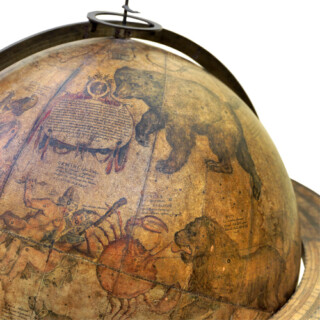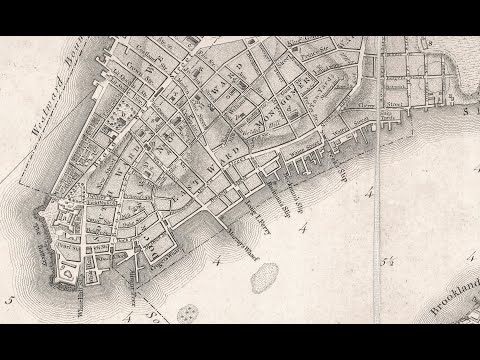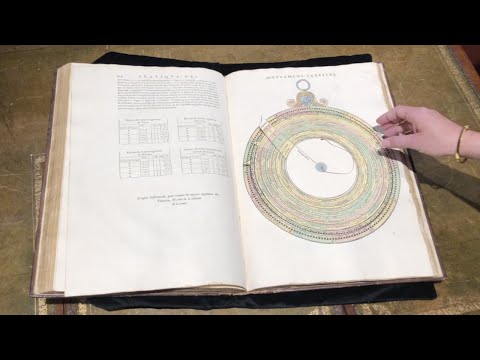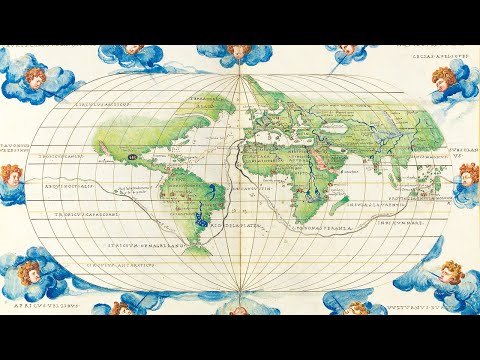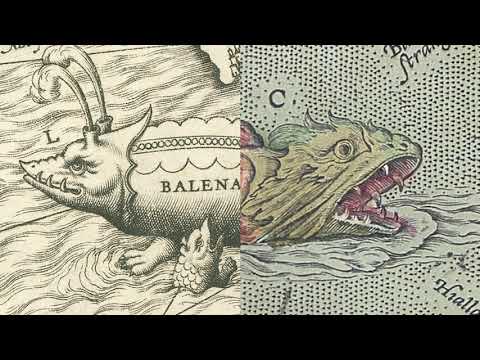
Jul
A spectacular wall map of astonishing beauty made at the beginning of the Dutch Golden Age.
The present map draws on the cartography of Luis Teixeira (fl.1564-1613) – whose name appears in the large pasted title – a Portuguese cartographer from a famous mapmaking dynasty. He worked in Lisbon and the Portuguese colonies, but was also a friend of and collaborator with Dutch cartographers, contributing a map of Japan to Abraham Ortelius’ atlas. Ortelius and Cornelis Claesz published five of his maps between them, and all were specifically advertised as based on his work, indicating that he was highly respected in Amsterdam.
The map is based upon a simple cylindrical projection and follows very closely the 1592 wall map drawn by Petrus Plancius, “a milestone in the emergence of Dutch cartography [and] the first large wall map of the world to be published in the north” (Schilder).






